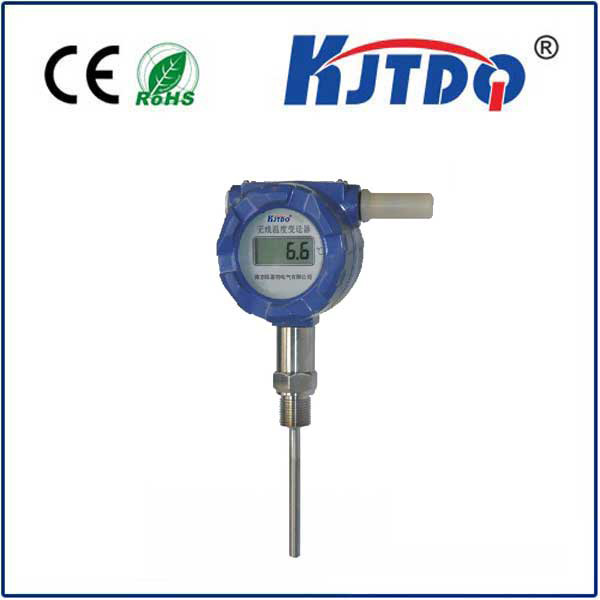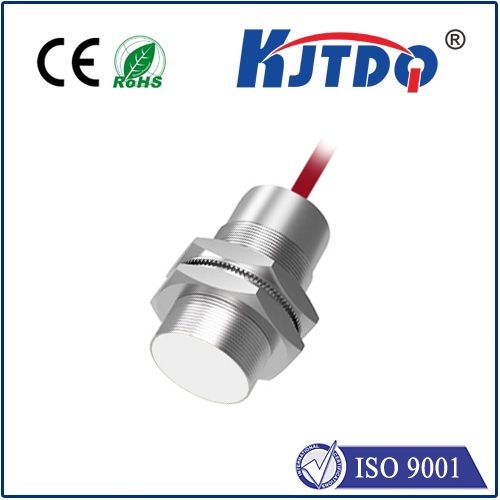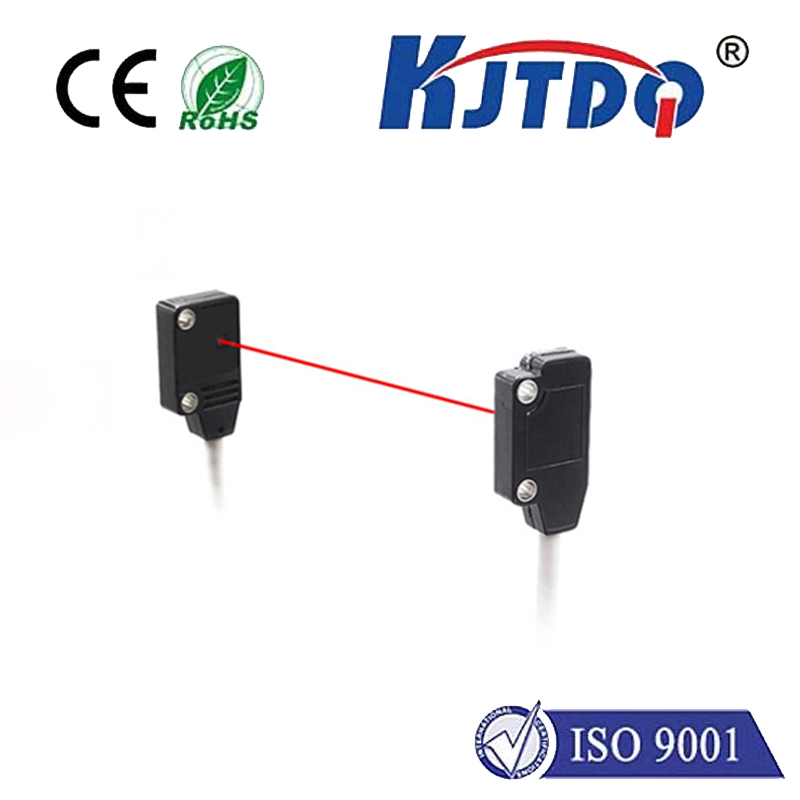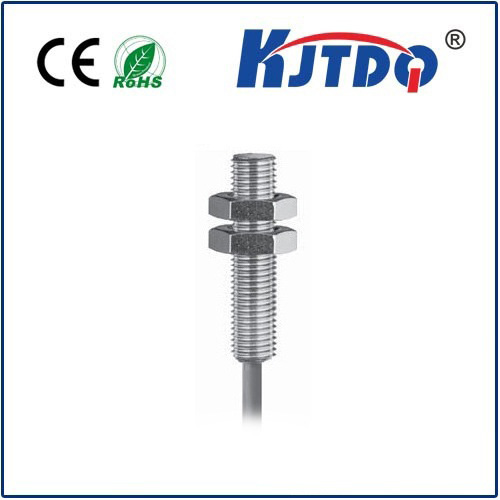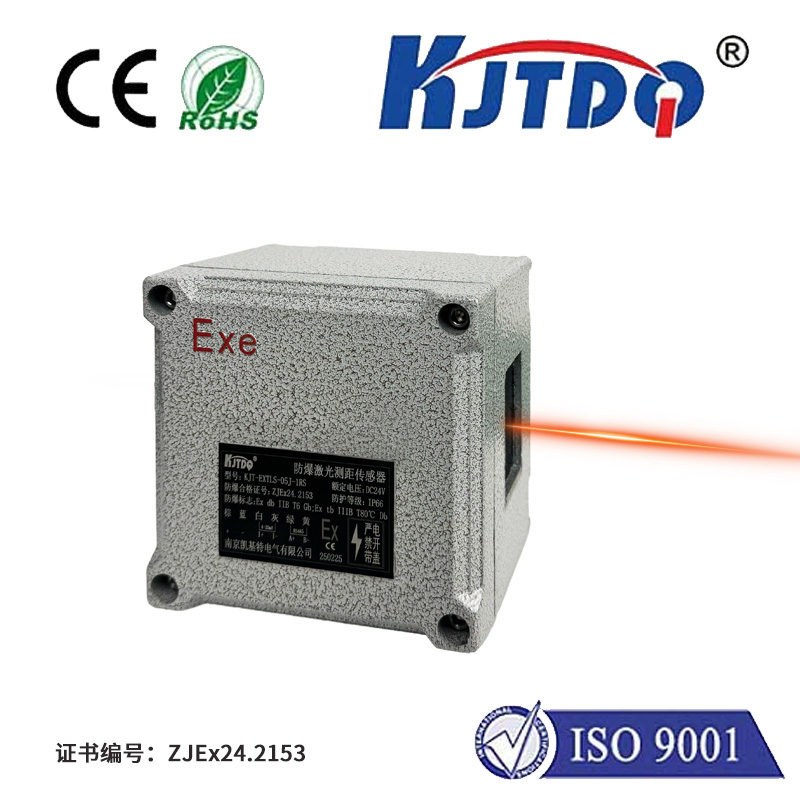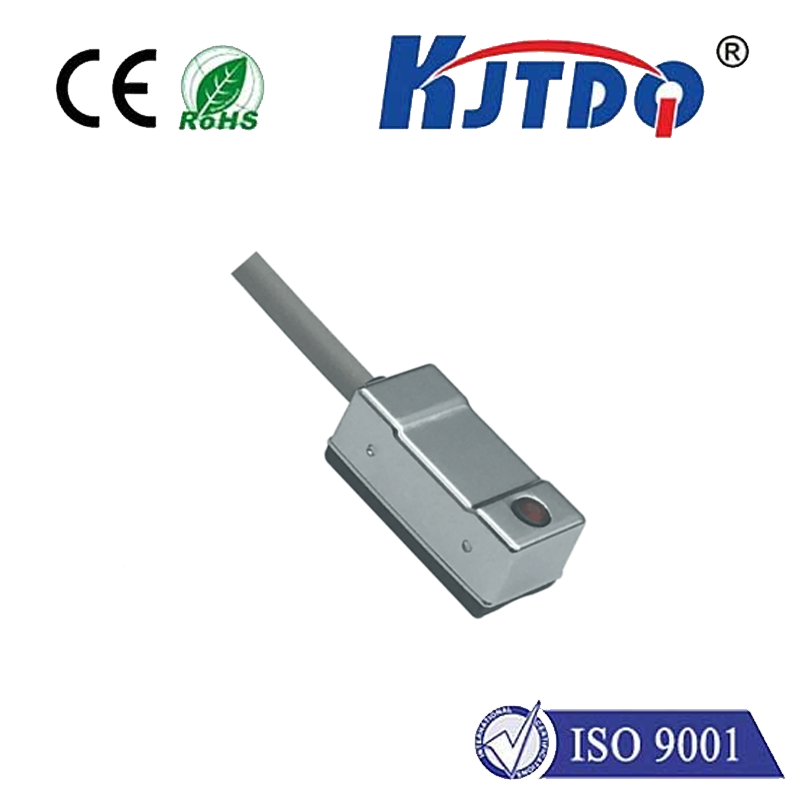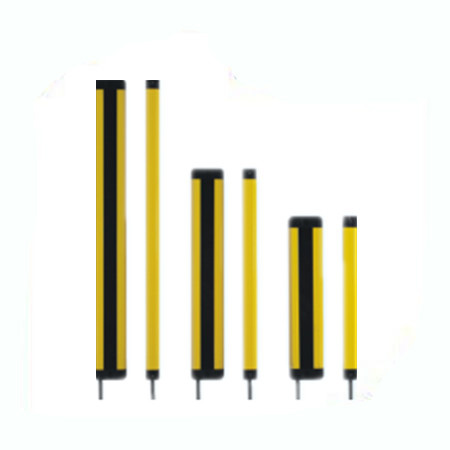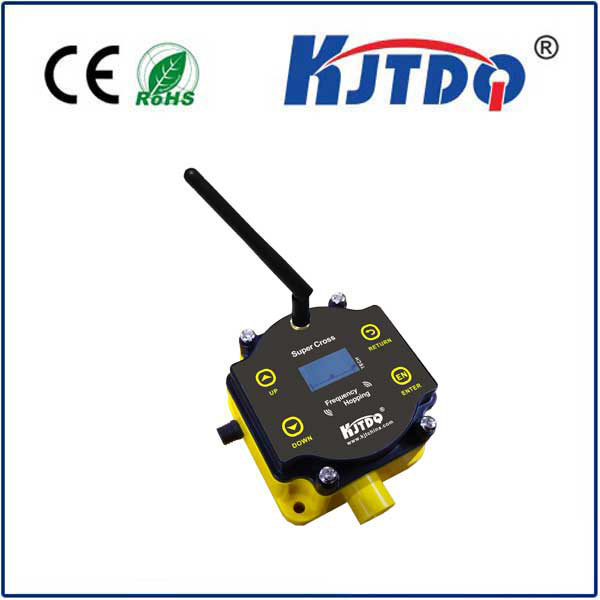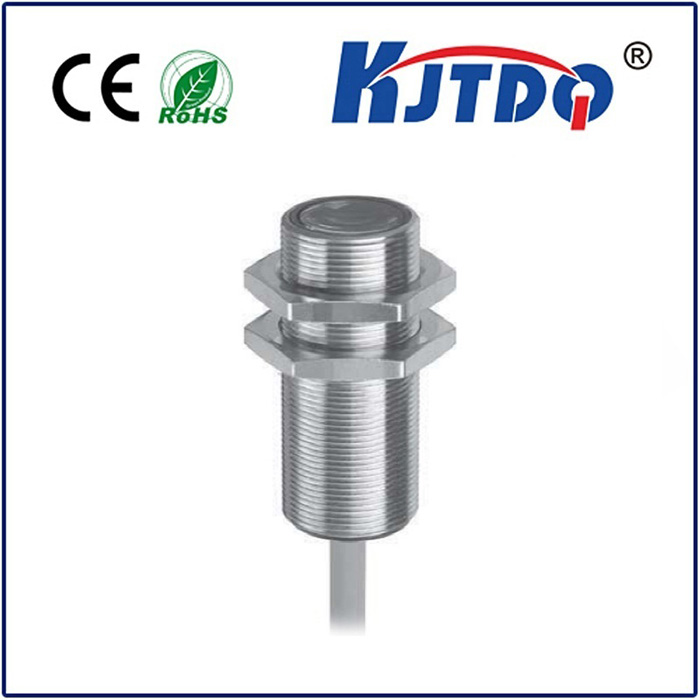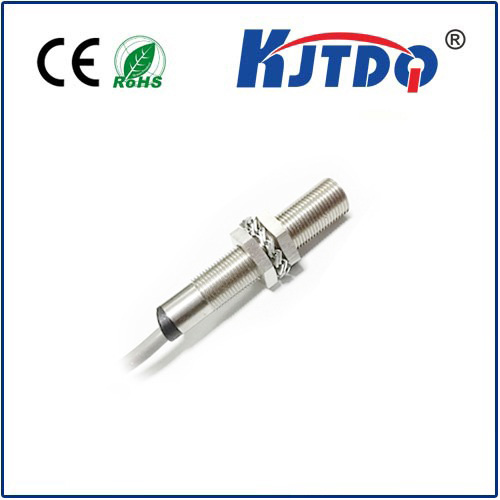Radar Sensor Switch: Enhancing Automation and Safety in Modern Systems
In today’s rapidly evolving technological landscape, the integration of advanced sensors and control systems has become a cornerstone of modern automation and safety. Among the key components that enable these systems to function efficiently, the radar sensor switch stands out as a vital element. This article explores the role of radar sensor switches in enhancing automation, improving safety, and optimizing performance in a wide range of applications.
A radar sensor switch is a device that detects the presence or absence of an object using radar technology. It works by emitting electromagnetic waves and analyzing the reflected signals to determine the position and movement of nearby objects. These switches are commonly used in industrial settings, automotive systems, and smart home devices to provide real-time data for decision-making and control.

One of the primary advantages of radar sensor switches is their ability to detect objects at a distance, even in adverse weather conditions. Unlike optical sensors, which are limited by light conditions and can be obstructed by dust or rain, radar sensors operate in a wide range of environments. This makes them particularly useful in applications where visibility is limited or where the presence of objects is critical for safety.
In industrial automation, radar sensor switches are often employed in conveyor systems, robotic arms, and automated warehouse operations. They help in monitoring the movement of materials and ensuring that machines operate efficiently and safely. For example, in a factory setting, a radar sensor switch can detect the presence of an object in a conveyor belt, triggering an alarm or stopping the machine to prevent damage or accidents.
In the automotive industry, radar sensor switches play a crucial role in enhancing vehicle safety. They are used in adaptive cruise control systems, collision avoidance systems, and parking assist technologies. These systems rely on radar sensors to detect other vehicles, pedestrians, and obstacles, allowing the car to maintain a safe distance and respond appropriately to potential hazards.
Moreover, in smart home and security systems, radar sensor switches are used to monitor the presence of individuals in a home. These sensors can detect movement and trigger alerts, providing an extra layer of security. They are also used in smart lighting and climate control systems to optimize energy usage based on occupancy.
Despite their advantages, radar sensor switches are not without their challenges. They can be affected by environmental factors such as interference from other electronic devices or weather conditions. Additionally, the cost of these sensors can be a barrier for some applications, and their maintenance requirements may add to operational costs.
To address these challenges, modern radar sensor switches are being developed with enhanced accuracy, longer operational life, and improved signal processing capabilities. Manufacturers are also integrating these sensors with other technologies such as AI and machine learning to improve their performance and adaptability.
In conclusion, the radar sensor switch is an essential component in the advancement of automation and safety across various industries. Its ability to provide reliable, real-time data makes it a valuable tool in modern systems. As technology continues to evolve, the role of radar sensor switches will only become more prominent, driving innovation and efficiency in the field of automation.
